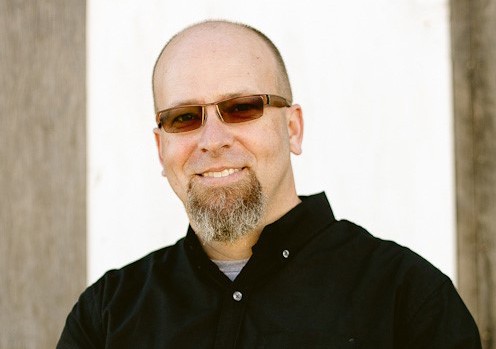Tech exec/CMV dad discusses raising CMV awareness online

Silicon Valley executive Wade Chambers has not only sat on the board of directors of both the National CMV Foundation and Stop CMV, but he has twin daughters born with congenital CMV. Wade's professional past in tech has seen stints at Netscape, AOL, Opsware, and Yahoo, but his current role is serving as a Vice President of Engineering for Twitter. We sat down with Wade to get his insights into how the issue of CMV can leverage exising and emerging technologies to raise awareness and encourage advocacy.
National CMV: "So, this seems like a basic question but...how can high tech and, most specifically perhaps, social media help stop CMV?"
Wade: "Social media makes information available to everyone and so it’s not just behind medical professionals and universities. The second a breakthrourgh is made until it’s in the hands of a person is minutes and seconds, where it used to be months to years. For example, if you look at the Zika virus, social media I think made it very accessible. I also think that structured information and the ability to search across it, much like Google has done, has made it so that anyone can find anything so that if you’re made aware of something, you’re able to find out if it’s true or not and what you can do about it. It puts the responsibility and power in the hands of the end user. So for CMV, once we can help people understand that it is there and it’s very prevalent, the amount of time between an expecting mother or a concern friend or family member—that period of time between "I’ve heard a word I’ve never heard before" to “it’s real”—there are things you can do to prevent or lessen your chances of coming in contact with it. I think it’s a very powerful thing that social media can have to do with that."
NCMVF: "What about ad tech and web based advertising platforms?"
Wade: "I think that social media and advertising platforms or viral videos and information, memes, and the like can assist in awareness in very, very efficient and effective ways. I think the challenge is finding that fundamental message that unites a lot of different disciplines and people in such a way that reduces the number of instances of CMV in the US and abroad. I don’t know whether that’s a CMV specific message or a general hygiene message that is going to resonate best. But that platform for information dissemination, it’s instantly on. You can get in front of people that much faster."
NCMVF: "Including prevention education and awareness, we have some newborn screening issues brewing in states and at the federal level. Hopefully, in future years, we may have a windfall of people needing information about CMV and how to assist their newly diagnosed child. How can tech help there?"
Wade: "I think it’s the same pattern. If CMV becomes a household name, we already know that millions of people go on undiagnosed and are perfectly fine. There will be an initial freak out factor and people will want to get information. Once you’re already affected, it’s treatment options or how do I assess risk. All that information is known and it’s known and, as more treatments and options become available, you’ll want those at everyone’s fingertips. The same basic mechanisms--search, recall, resonating messages--are the same tools that are going to be used. I also think obviously a lot of tools like email and social media can create pressure on governments and industry, as we've seen in recent years. I'm excited to be involved and see how this issue develops and accelerates as time goes on."
Posted: 3/27/2017
Category: Awareness, "Parent Perspective"